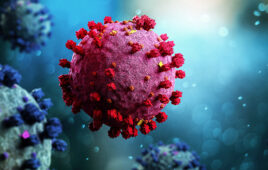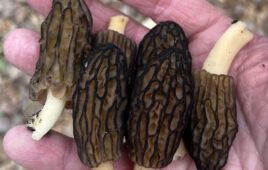The histone de-acetylase (HDAC) inhibitor panobinostat is able to target and destroy triple negative breast cancer, reveals a new study published in BioMed Central’s open access journal Breast Cancer Research. Researchers from Tulane University Health Sciences Center have shown that panobinostat was able to destroy breast cancer cells and reduce tumor growth in mice.
Approximately 15% of breast cancers are found at diagnosis to be triple negative. These aggressive tumors are missing both the estrogen receptor and progesterone receptor, which means that they do not respond to hormonal therapies such as antiestrogens or aromatase inhibitors. They also test negative for the growth factor receptor HER2 and cannot be treated with monoclonal therapy such as Herceptin, so there is a desperate need for treatment options to complement surgery and chemotherapy.
Whether DNA is active or not in cells is tightly controlled. DNA in the nucleus is wound around histones and effectively shut down. When a gene is required the cell acetylates the histone, relaxing the tight control over DNA and allowing the cells machinery access to the gene, eventually leading to protein production.
HDACs have the opposite effect and reduce DNA activity. Aberrant HDACs are possibly responsible for the lack of production of normal cellular controls which allow the uncontrolled growth of cancer cells. The researchers from New Orleans hoped that by blocking HDACs they could restore normal cell function.
The HDAC inhibitor panobinostat was able to increase histone acetylation in triple negative breast cancer cell lines. There was also a concurrent decrease in cell division and increase in apoptosis (programmed cell death). Additionally, a marked increase in the epithelial cell marker E-cadherin was observed, indicative of a less aggressive cell type.
Dr. Bridgette Collins-Burow, who led the study, described the results, “Panobinostat selectively targeted triple negative breast cancer cells and decreased tumor growth in mice. It was also able to partially reverse the morphological changes in cells to a more epithelial type. These results show a potential therapeutic role for HDAC inhibitors, especially panobinostat, in targeting the aggressive triple negative breast cancer.”
Date: May 20, 2012
Source: Tulane University Health Sciences Center http://tulane.edu/som/




